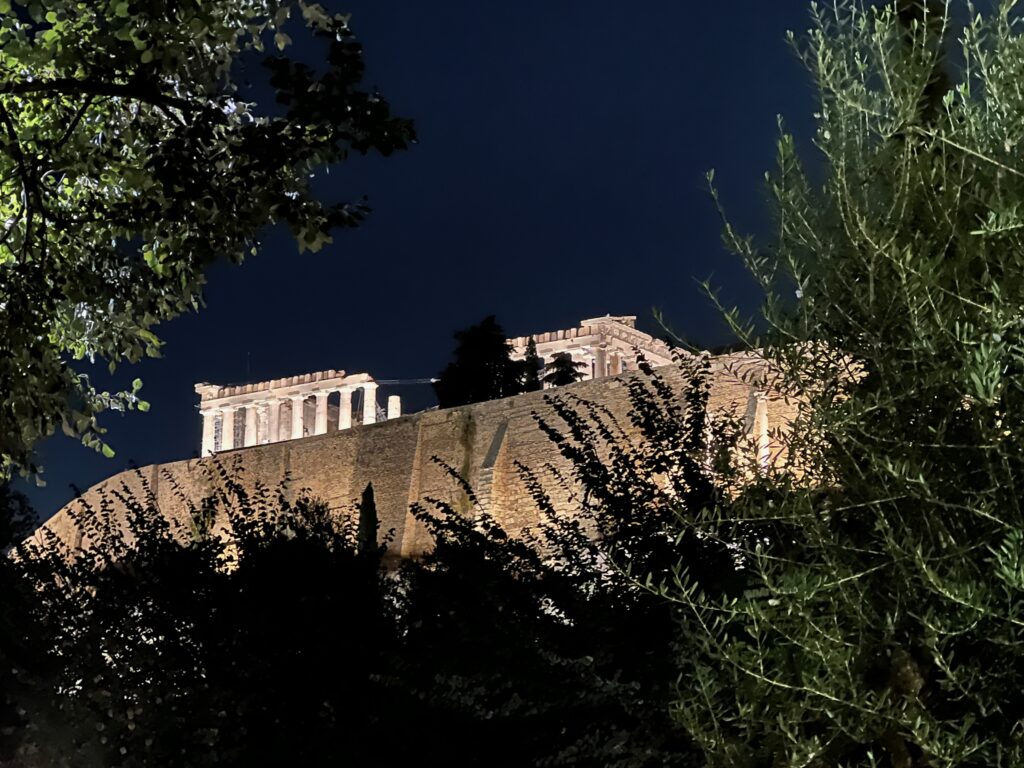
Even before I interviewed Shauna James Ahern, I felt as if I knew her. That was because of the many incredibly warm, humorous, and inspiring posts she has made on her blog, Gluten-Free Girl, which she created after being diagnosed with celiac disease in 2005. The success of the site led her to publish a book, Gluten-Free Girl: How I Found the Food That Loves Me Back… & How You Can Too (Wiley, 2007), which was selected as one of Amazon’s best books of the year. Since going gluten-free, Shauna has met and married the man of her dreams, and in July 2008 she gave birth to a daughter, Lucy. Shauna and her husband, Daniel Ahern, a chef, are currently at work on a new book, Dancing in the Kitchen, about love and food and how they intersect. Shauna is also working on a book she calls Feeding Us, about eating during pregnancy and through a child’s first year of life.
How often do you travel? Normally, it’s at least three or four times a year. Last year I traveled much more because of the book tour, but now that Lucy has arrived I probably won’t travel as much, at least for a while.
Where have you traveled since being diagnosed with celiac disease? I’ve been to New York and Los Angeles many times; also Chicago, Portland [Oregon], San Francisco, Vancouver, Tucson. I also do a lot of local travel around Washington state. Danny and I went to Italy for our honeymoon. It was the biggest surprise to me — everyone thought you couldn’t go there because of all the pizza and pasta, but it was the best place in the world. People care about feeding you very well, and most food over there doesn’t even require gluten, it’s all about what’s fresh and in season. Every drugstore has gluten-free food, and you can bring gluten-free pasta to a restaurant that doesn’t have it and they will cook it for you. I also learned that Italians with celiac disease get two paid work days to go shopping each month!
What foods or snacks do you pack when traveling? We all know that on planes they don’t feed you. For example, on the flight to Italy they claimed they had a gluten-free meal but they ran out. When I fly I take a yummy grain salad, like a red quinoa or brown rice or millet, with goat cheese. I keep it cold in the fridge so it’s ready to go. When traveling with a baby, you need something you can hold in one hand, like a granola bar. [Editor’s note: For a gluten-free granola-bar recipe from Shauna, click here.]
What other things do you bring with you? I always travel with an iPod and a journal to write in. You get good writing time on a plane!
How do you prepare for a trip? I don’t like to overplan — it’s not like I map out day-by-day where to go — but I like structure, and I never walk into a place blind. I like Google Earth; before we went to Italy, we used to look at towns in Umbria, where we stayed for a week, and to see the road between towns. I research everything. I ask all my friends, and friends of friends, because I really believe in word of mouth. I love guidebooks. I also spend a lot of time Googling. The more you look for a specific town, or a specific neighborhood in a town, the more you find.
Any favorite restaurants? When we were in Umbria, we went to this tiny village, Gubbio. It’s a fortified 12th-century city where nothing has changed in 500 years. A friend told me about this place, a medieval banquet hall called Fornace di Mastro Giorgio, where we ended up having a 3-1/2 hour lunch with friends. It was incredible. [For Shauna’s post about her travels in Italy, click here.] Another of my favorites I found in New York at the start of my book tour: Gramercy Tavern. My husband used to work there, and the fall tasting menu that week was gluten free. We also went to Hearth in the East Village; it was really superb, and made us feel very welcome. In Portland, Oregon, there is a fish-fry place, Hawthorne Fish House, that is entirely gluten-free — you can have fish and chips, onion rings, everything. Portland is incredible for gluten-free food. Seattle is too — I can’t think of many places there where I can’t eat.
Any favorite hotels? A farmhouse-style lodging, Brigolante Agritourism, just outside of Assisi [Italy].
What’s your favorite city to visit? New York. I lived there for years, from 1997 to 2001. I love the Upper West Side. I go to Danal, Gray’s Papaya (where I get a hotdog without the bun), Babycakes, and Tea & Sympathy. Plus I always love discovering something new.
What’s your dream destination? My husband and I both have Irish heritage, and we want to go to Ireland together. I’ve heard it’s got the largest number of diagnosed celiacs in the world.
Do you have any other advice for gluten-intolerant travelers? Don’t approach it with fear. You can’t approach travel that way, and you can’t approach eating that way. Do your research so you have some ideas where to go, but once you’re there, let go and enjoy the place. You can’t shut down your life. Be brave and try everything that’s gluten-free.
*Â Â Â Â *Â Â Â Â *
Editor’s note: While Shauna didn’t mention it by name, she knows of another great restaurant that takes excellent care of its gluten-free guests: Impromptu Wine Bar Cafe, where her husband is the executive chef. This well-reviewed spot is known for its romantic ambience, moderate prices, and sensitivity to food allergies.
Impromptu Wine Bar Cafe [address] 4235 E. Madison St., Seattle, WA 98112 [tel] 206-860-1569 [web] www.impromptuwinebar.com
UPDATE (10/21/08): Daniel Ahern is taking a break from the restaurant business, and is no longer cooking at Impromptu. However, he has trained its new chef to cook gluten-free and to keep the kitchen safe from cross-contamination. For Shauna’s post with this news, click here.
Photograph provided courtesy of Shauna James Ahern.










